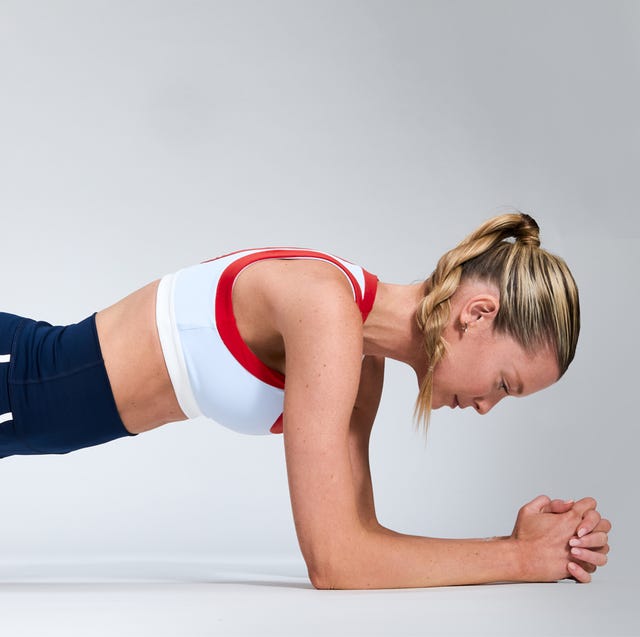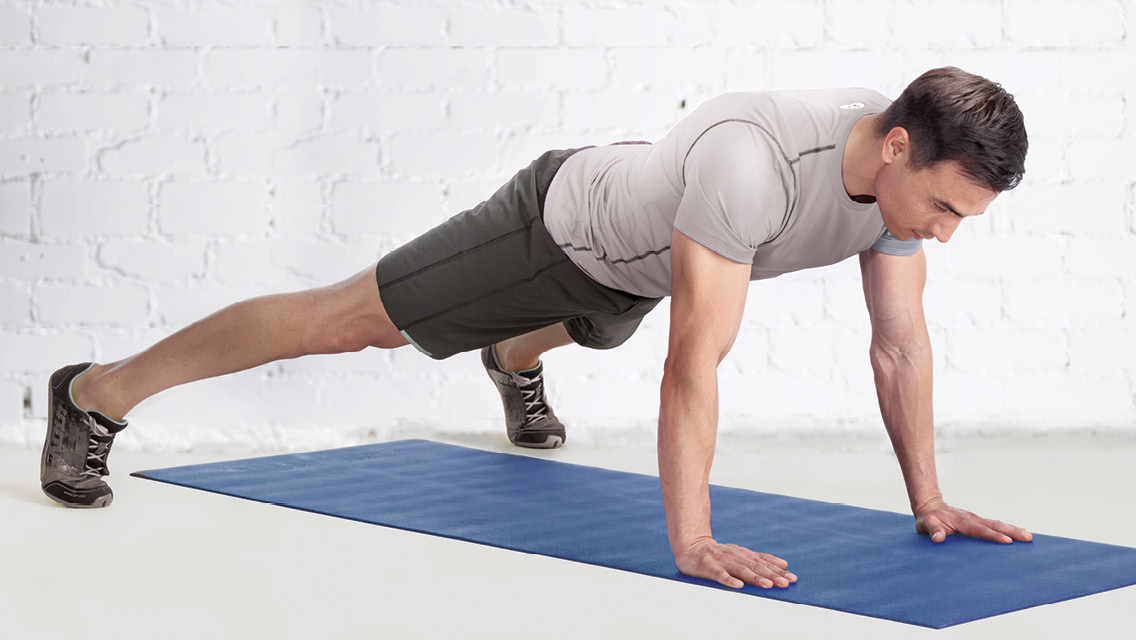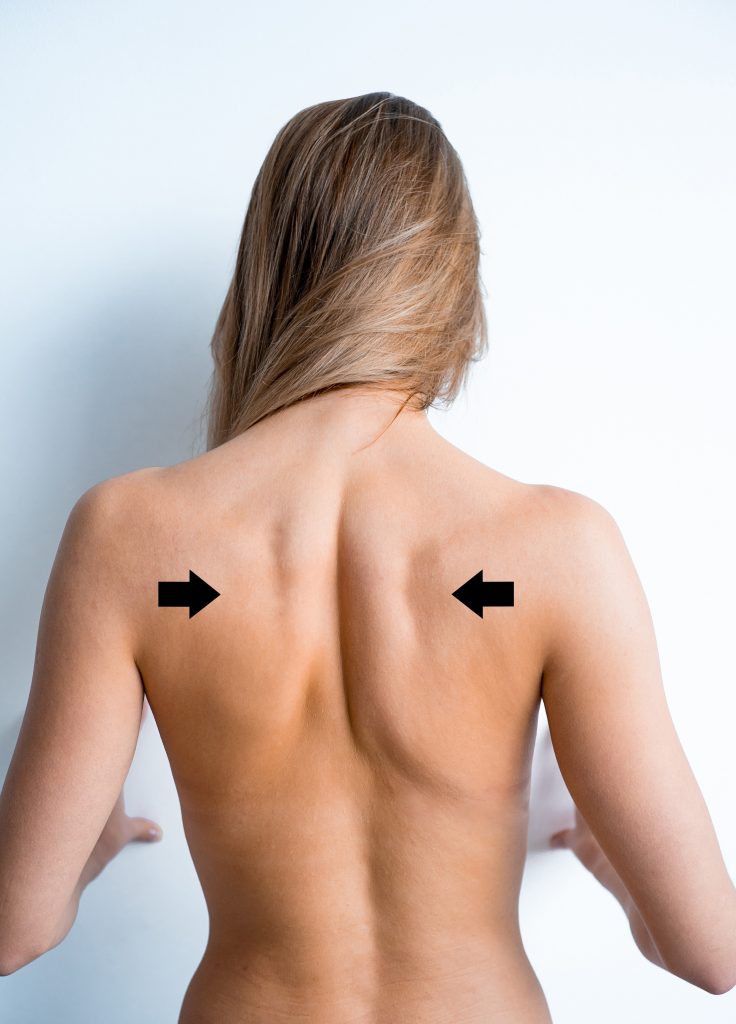8 Common Mistakes When Doing a Plank
Have you ever done a plank or want to know why you should do planks? Let's discuss eight ways that you could potentially compensate in your plank and more importantly, eight ways to correct them.

Why are planks important?
The plank is considered an anti-extension, or back-bending exercise, that targets
the anterior core. It really helps to improve the midline stability of the body. We need that for all movement patterns. If we think about our basic daily life patterns to our exercise patterns such as deadlifts, squats, and kettlebell swings, the plank is a foundational movement for all these. We're not looking for perfection, we just want to maximize the effectiveness of the exercise that you're doing. That's what you went to do with all your training, but especially in this exercise.
8 Common Mistakes in Your Planks
1) Holding for time
2) Breath Holing
3) Looking up or looking down during your plank
4) Sagging your lower back
5) Having your butt up in the air
6) Bending the knees in the plank
8) Thinking you should do plank to improve low back pain
1) Holding for time

When you set up with the time in front of you and you hold as long as you can, you are probably not getting the benefits of the exercise. It is easy to ''power thought '' with your legs and arms. Some
try to hold for three or five minutes, but that's not the point of the planks.
2) Breath Holing

When people do not breathe during the movement pattern it can cause their body to recruit other muscles such as their back or neck muscles, and more importantly, you won't be getting the most out of your plank.
3) Looking up or looking down during your plank

with a hyperextended neck or just the opposite, looking down, can cause changes in how the body stabilizes. if you are already having trouble with stabilizers, this matters!
When you're holding a plank, if you look up and hyperextend your neck, or if you look down too much, it can affect how your body stabilizes. This misalignment can interfere with your core engagement and overall body control. If you're already having difficulty with stability during the plank, your neck positioning can make things worse. It's important to keep your neck in a neutral position, aligned with your spine, to help maintain proper stabilization during the exercise.
4) Sagging your lower back

The low back drops down or sags when you hold your plank position. you may even feel a little ''tight'' in your lower back. This also causes a whole chain reaction and affects how you are stabilizing.
When you're holding a plank position and your lower back drops down or sags, it can create a "tight" feeling in that area. This poor form can cause a chain reaction, affecting how well you're stabilizing your entire body during the exercise.
5) Having your butt up in the air

This means that you're really not stabilizing. This could be intentional and accommodate certain movement patterns or pathologies, like limited toe mobility. this is okay-that is your intent!
If your hips are raised too high, it means you're not stabilizing your body properly. While this can sometimes be intentional, it may be due to specific movement patterns or limitations, like restricted toe mobility. In such cases, it's fine as long as this position is intentional and suits your body.
6) Bending the knees in the plank

When you bend your knees, you lose control of your whole body, especially the lower back. The lower back and knee bent position will often go together.
Bending your knees during a plank will cause you to lose control of your body, particularly your lower back. When your knees bend, it often leads to instability in your whole body, as well as compromising the alignment of your lower back and hips.
7) Sinking your shoulder

This is a really important one because a lot of time we see the shoulder blades sinking down. It can also commonly be referred to as a ''winging" shoulder blade. That creates a lot of stress on the shoulder, and it really destabilizes the trunk.
8) Thinking you should do planks to improve low back pain

The truth is that when there is pain, there is decreased motor control, which means decreased stability, coordination, timing, sequencing, and activation of all these muscles. If you have acute low back pain and you think that doing a plank is going to help it, it might not be the best choice of exercise at that time. You went to make sure that you're in a good place and you've been instructed by a qualified health professional to direct you on when this is appropriate.
Conclusion
While the plank is an excellent exercise for building core strength and improving overall stability, it’s important to avoid these common mistakes to maximize its benefits and minimize the risk of injury. Focus on good form, proper breathing, and maintaining a neutral spine to get the most out of your planks. And always remember, if you’re dealing with low back pain, consult a professional to make sure planks are suitable for you at that time.
What's Your Reaction?




















